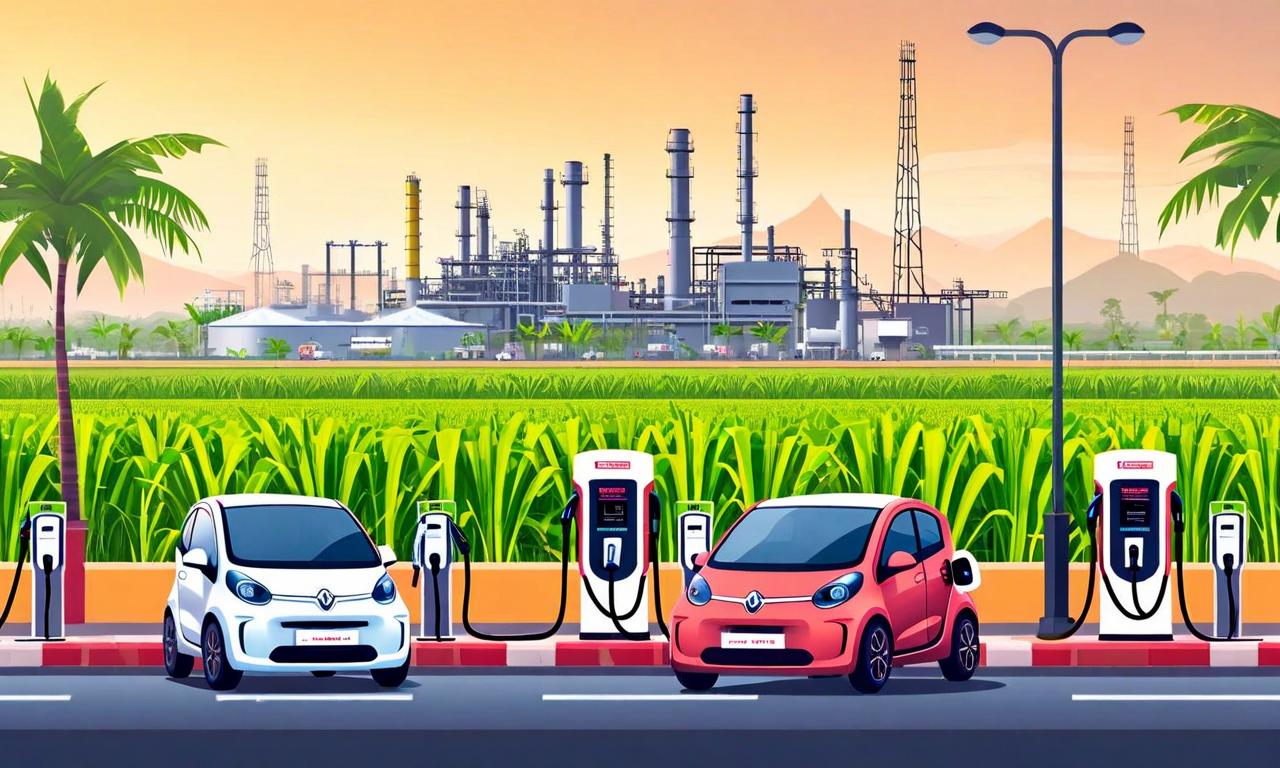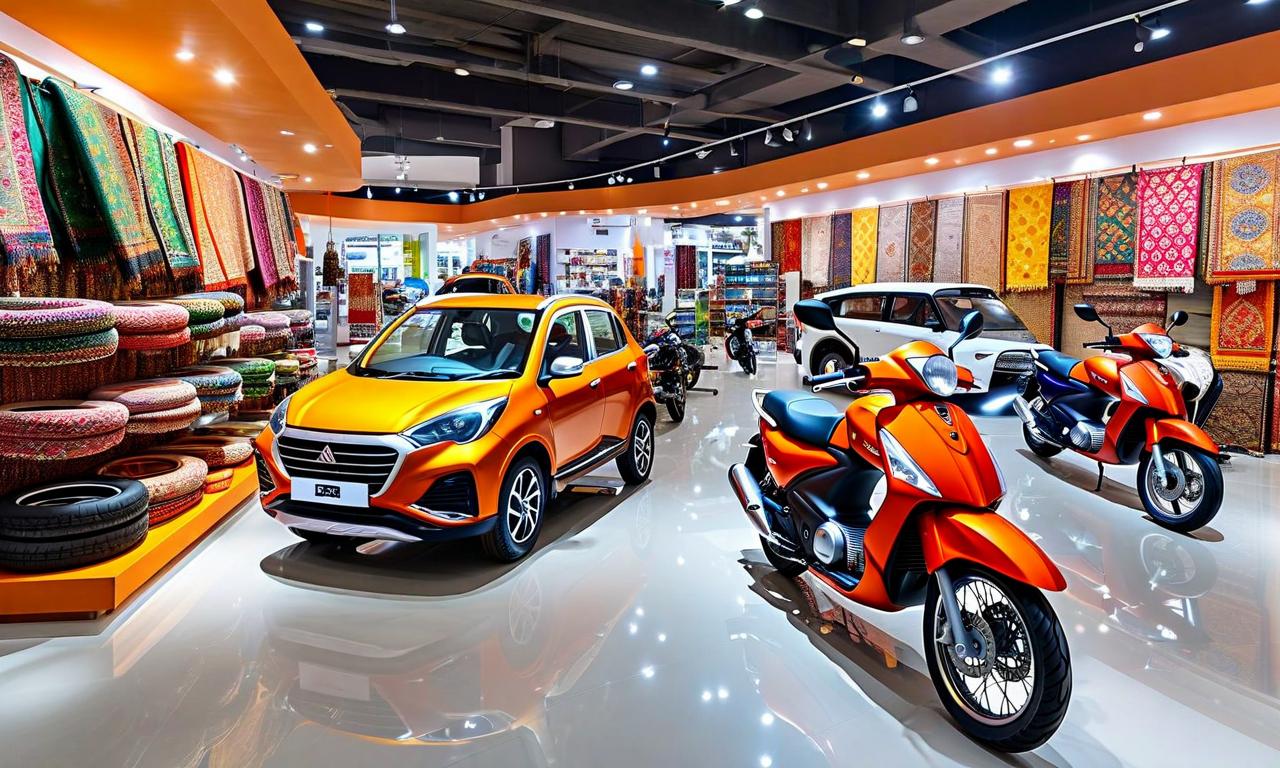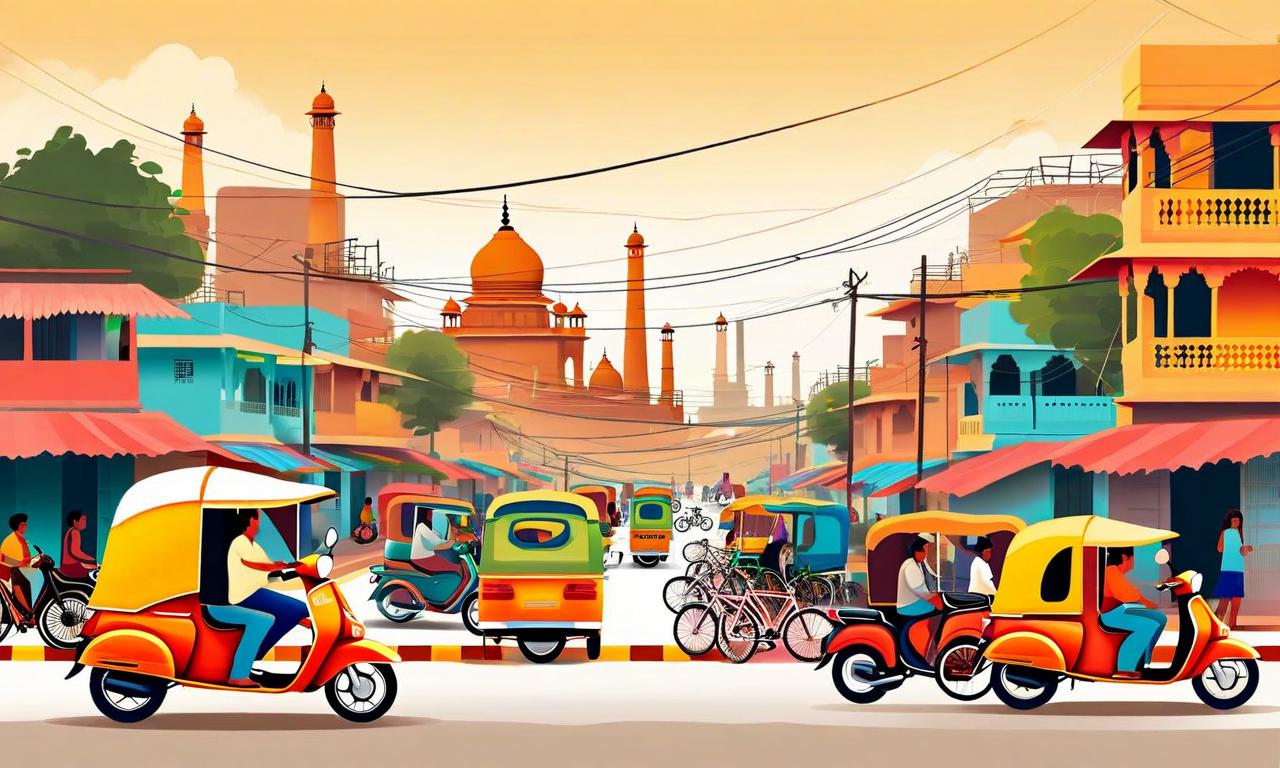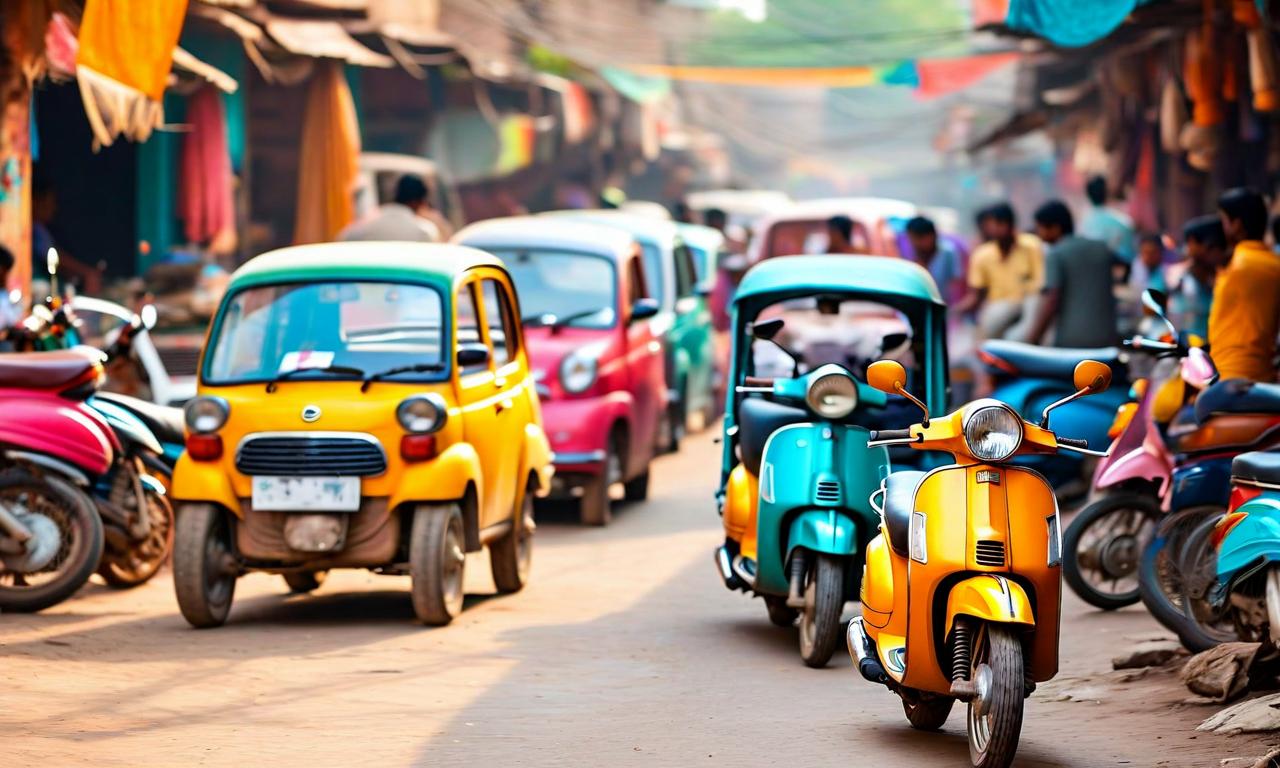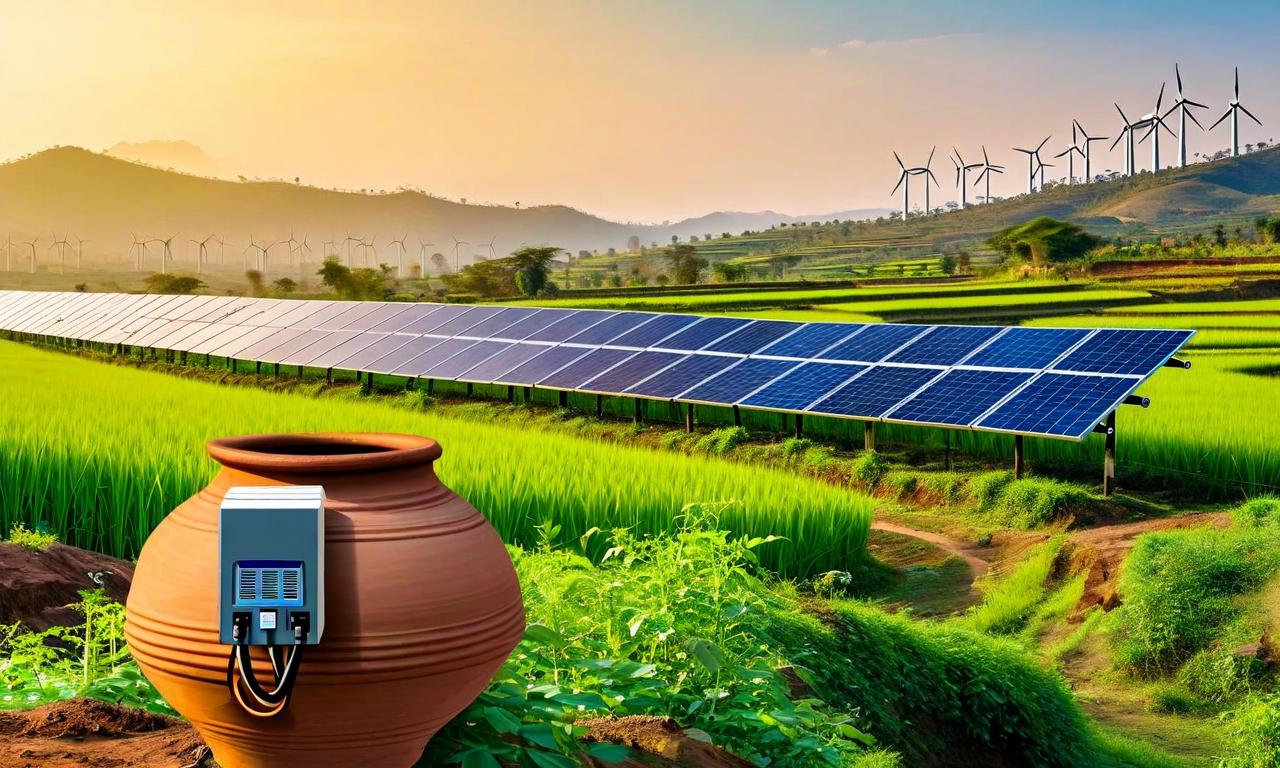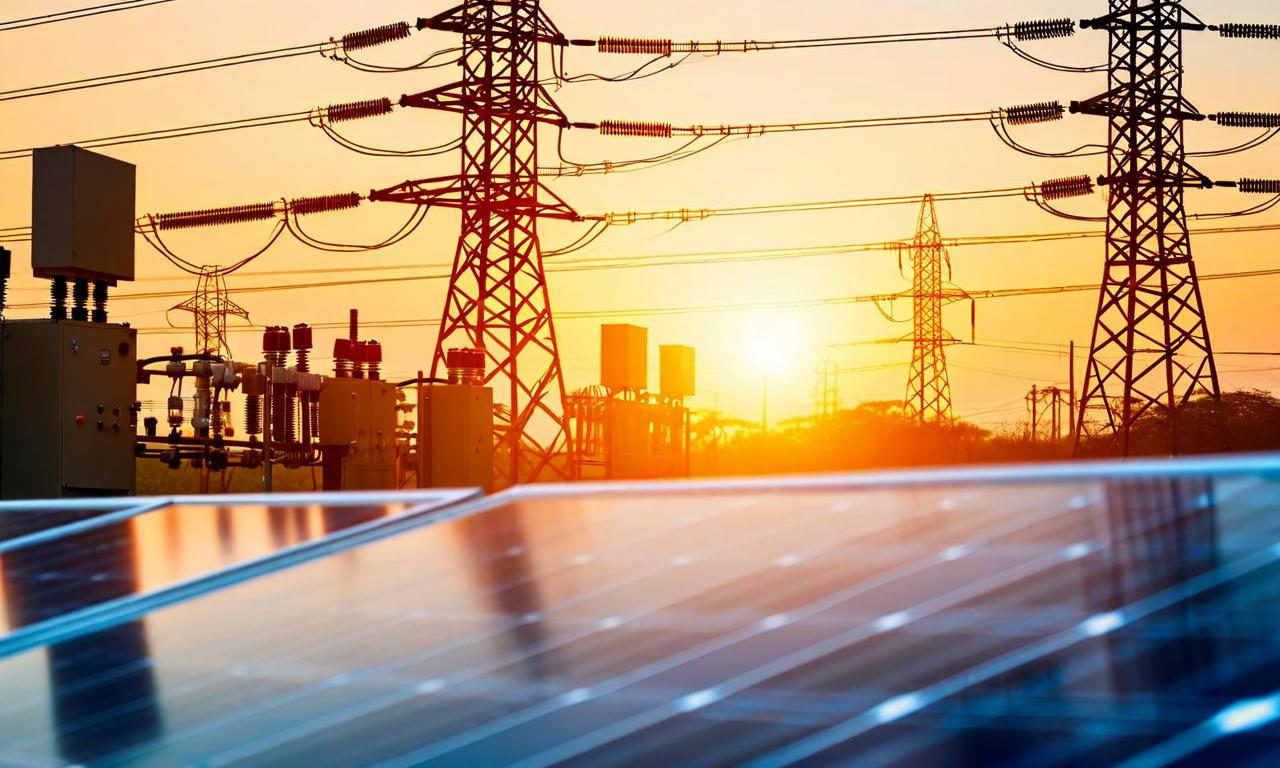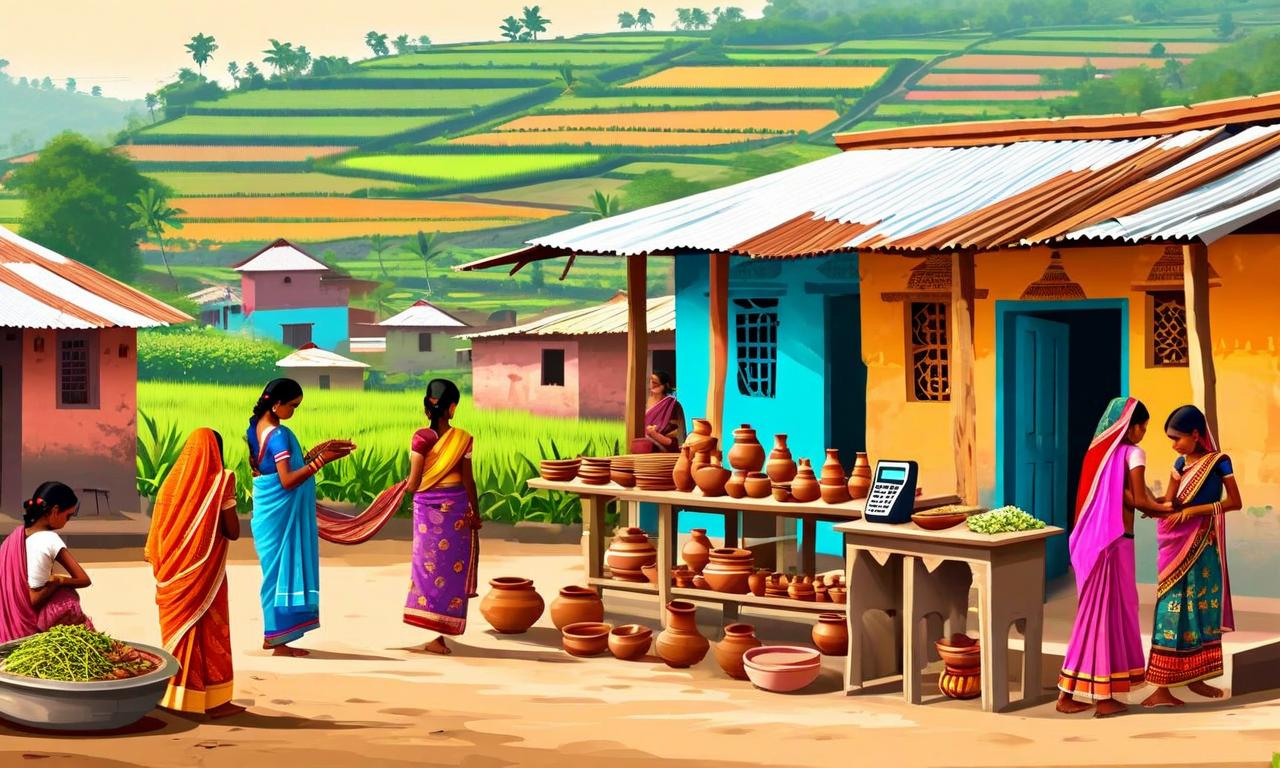Indian Auto Sales Surge 5.2% in September, Boosted by GST Cuts and Festival Season
The Indian automobile industry saw a 5.2% year-on-year growth in overall sales in September. Two-wheelers and passenger vehicles experienced increases of 6.5% and 5.8% respectively. Sales surged after September 22, coinciding with revised GST rates. The Navratri festival period saw a 34% year-on-year jump in sales. Factors driving growth include tax reforms, festive season buying, favorable agricultural conditions, and stable interest rates. The industry anticipates continued strong performance in the coming months, especially during the Diwali festival in October.
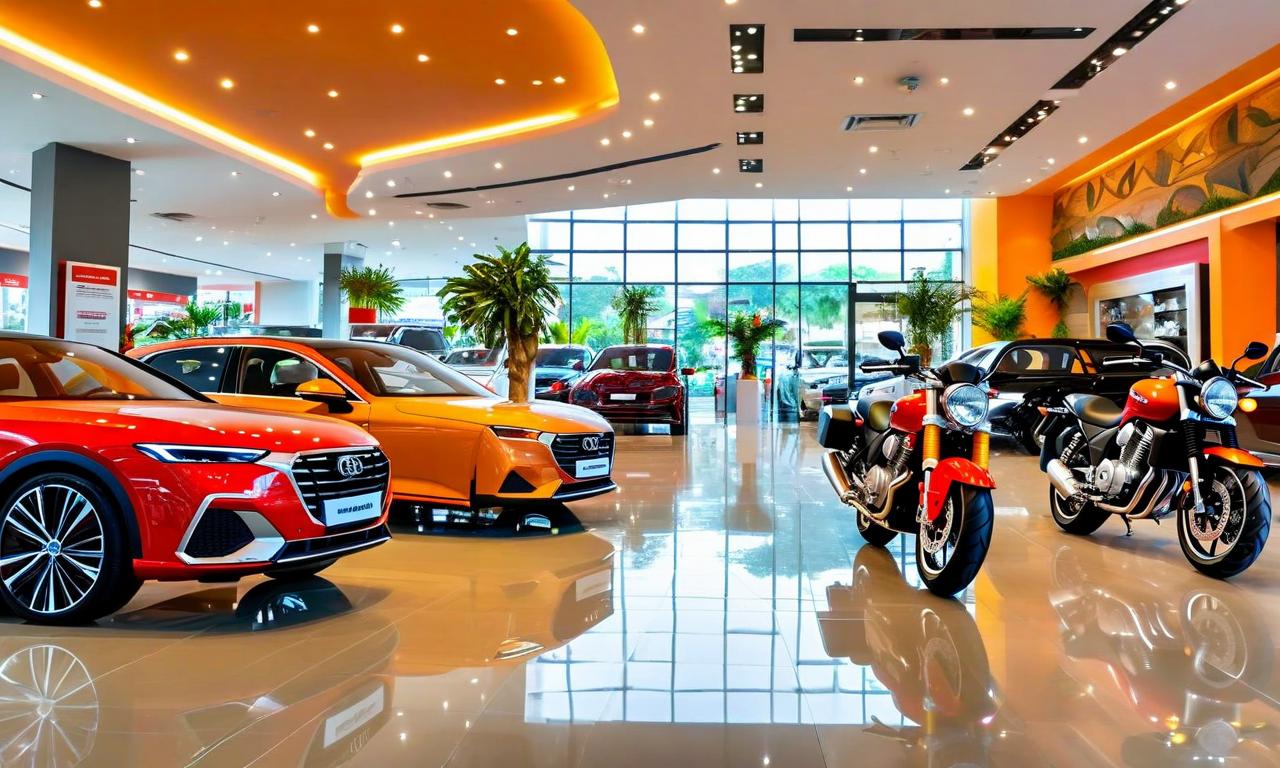
*this image is generated using AI for illustrative purposes only.
The Indian automobile industry witnessed a significant uptick in sales during September, driven by tax cuts and festive demand. According to recent reports, auto dealers experienced a 5.2% year-on-year growth in overall sales, with notable increases across various vehicle segments.
Key Sales Figures
| Vehicle Category | Year-on-Year Growth |
|---|---|
| Overall Sales | 5.2% |
| Two-wheelers | 6.5% |
| Passenger Vehicles | 5.8% |
GST Impact and Festive Boost
The sales trajectory showed an interesting pattern throughout September. The first three weeks of the month saw relatively slow sales, but the market experienced a sudden surge after September 22. This uptick coincided with the implementation of revised Goods and Services Tax (GST) rates, suggesting a direct correlation between the tax cuts and increased consumer spending.
Navratri Sales Bonanza
The Federation of Automobile Dealers Associations reported exceptional sales during the nine-day Navratri festival. This auspicious period saw a remarkable 34% year-on-year jump in sales, as customers capitalized on lower taxes and attractive festive schemes offered by dealerships.
Factors Driving Growth
Several factors are contributing to the positive outlook in the auto sector:
- Tax Reforms: The revised GST rates have made vehicles more affordable, stimulating demand.
- Festive Season: Traditional buying during festivals like Navratri has boosted sales significantly.
- Favorable Agricultural Conditions: An above-normal monsoon and strong harvest expectations are likely to increase rural demand.
- Stable Interest Rates: Steady lending rates are making auto financing more accessible to consumers.
Future Outlook
The automotive industry is poised for continued strong performance in the coming months. With the peak of the festive season approaching, particularly the Diwali festival in October, dealers and manufacturers are anticipating robust sales figures.
The combination of economic factors, including tax reforms and positive agricultural outlook, coupled with the cultural tendency for festive purchases, creates a favorable environment for the auto sector. As consumer confidence grows and financing remains stable, the industry may see sustained growth beyond the festive period.
